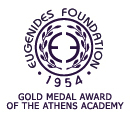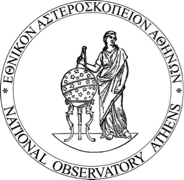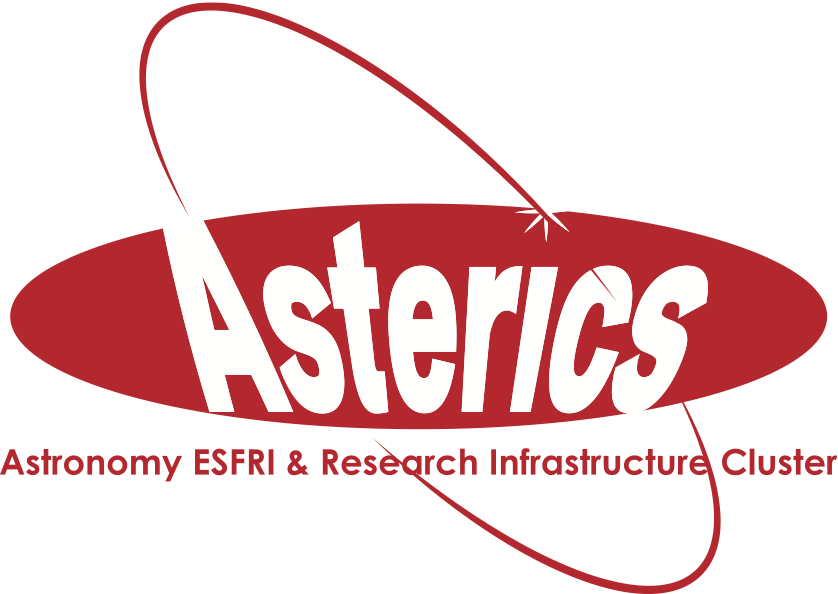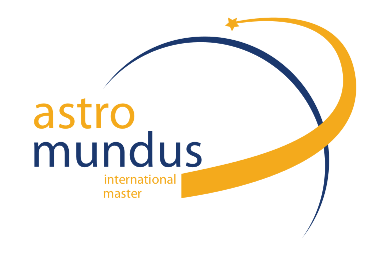Symposium S13
4 – 5 July 2016
High and Very-High Energy Gamma-ray Astronomy: status and future
News:
- Invited speakers included
Aims and scope
In recent years, the exploration of our Universe in the high energy end of the electromagnetic spectrum (from ~1 GeV to ~100 TeV) has experienced a major boost, mainly thanks to the current generation of satellite-borne and ground-based gamma-ray observatories such as AGILE and Fermi-LAT in the High-Energy (1GeV < E < 100 GeV) band, and MAGIC, VERITAS, H.E.S.S. and Milagro in the Very-High-Energy (~100 GeV < E < ~10 TeV) band. These instruments have built up catalogues containing hundreds of sources. In the near future, the field is expected to experience a new major revolution with the advent of the next generation of instruments such as HAWC (now starting operations) and the Cherenkov Telescope Array (CTA, under construction, and which will be operated as an open observatory with observational proposal from the whole Astrophysics community).
Exploration in the High- and Very-High-Energy bands pursues three major scientific goals, namely:
- understanding the mechanism at work in cosmic particle accelerators;
- probing extreme environments such as neutron stars, black holes, relativistic jets, winds and explosions; and
- exploring the frontiers of Physics by searching for dark matter, axion-like particles, or quantum gravitational effects on photon propagation.
The synergies between High- and Very-High-Energy gamma-ray Astronomy with observations in other wavelengths are instrumental to achieve all these goals. The aim of this symposium is to strengthen the links between the gamma-ray community with the Astronomy and Astrophysics community at large. We will discuss the status of the field, recent experimental and theoretical results and prospects for future instruments and technical developments.
By having this symposium integrated within the EWASS meeting, we intend to increase the level of awareness about the activities and scientific achievements in the relatively young field of High- and Very-High-Energy Gamma-ray Astronomy, trigger new multi-wavelength collaborations and foster the usage of new facilities such as CTA.
Programme
- Present and future instrumentation
- Supernova remnants
- Pulsars and their environments
- Gamma-ray binaries
- Diffuse emission
- Star-forming regions
- Active Galactic Nuclei
- Extragalactic Background Light
- Gamma-ray Bursts
- Dark matter searches and other Fundamental Physics topics
Invited speakers
- Werner Hofmann (MPK-Heidelberg)
- Brenda Dingus (LANL)
- Elena Orlando (Stanford University)
- Constantinos Kalapotharakos (NASA)
- Jerome Rodriguez (CEA, Paris)
- Elisa Pueschel (University College Dublin)
- Luigi Piro (IAPS/INAF, Rome )
- Troy Porter (Stanford University)
- Savvas Koushiappas (Brown University)
- Julie McEnery (NASA)
- Jacco Vink (GRAPPA, Amsterdam)
Scientific organisers
- Markus Boettcher (North-West University, South Africa)
- Pierre Brun (CEA Saclay, France)
- Juan Cortina (IFAE-BIST, Spain)
- Lucy Fortson (University of Minnesota, US)
- Petra Huentemeyer (Michigan Tech, US)
- Gottfried Kanbach (MPE, Germany)
- Juergen Knoedlseder (IRAP, France) [co-Chair]
- Abelardo Moralejo (IFAE-BIST, Spain)
- Simona Murgia (UC Irvine, US)
- Mathieu de Naurois (Ecole Polytechnique, IN2P3/CNRS, France)
- Massimo Persic (INAF & INFN Trieste & Bologna U, Italy)
- Javier Rico (IFAE-BIST, Spain) [co-Chair]
- David Smith (CENBG, France)
- Andy Strong (MPE, Germany)
- Marco Tavani (INAF-IAPS, Italy)
- Stefano Vercellone (INAF-IASF Palermo, Italy)
Contact
Javier Rico (jrico @ ifae.es)
Updated on Fri Sep 30 16:28:52 CEST 2016
|
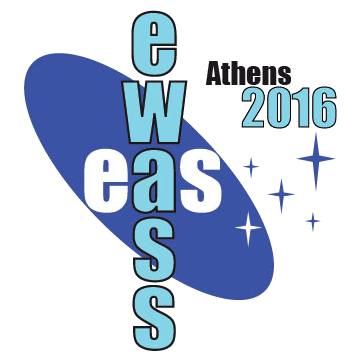
 A power cut will shut down all EAS services on Tuesday, 10 January 2017 starting at 7:30 CET.
A power cut will shut down all EAS services on Tuesday, 10 January 2017 starting at 7:30 CET.


